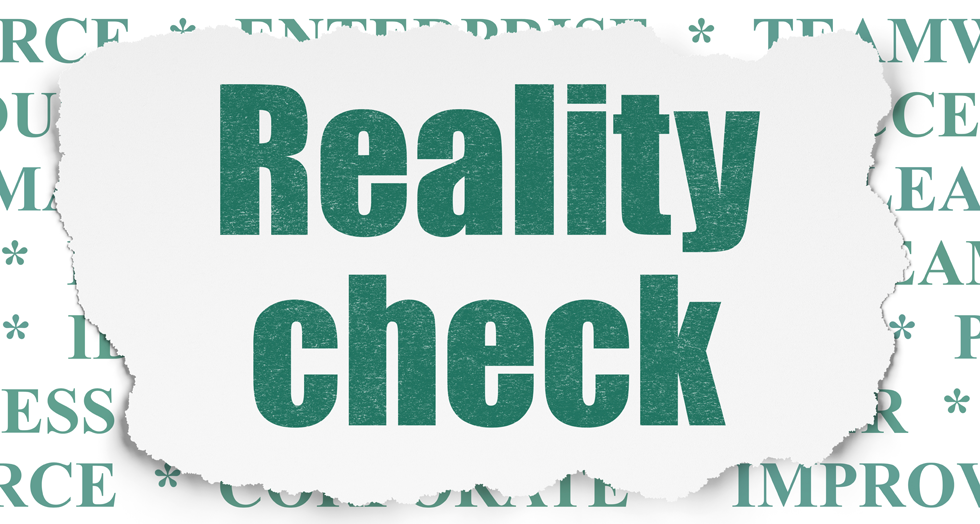Testing the assumptions behind business benefits cases
 All business benefits cases are based on assumptions and estimates. The realisation of benefits from a transformation depends upon our organisation having changed to a new state within a planned timescale, which in turn is dependent upon people persistently displaying anticipated behaviours.
All business benefits cases are based on assumptions and estimates. The realisation of benefits from a transformation depends upon our organisation having changed to a new state within a planned timescale, which in turn is dependent upon people persistently displaying anticipated behaviours.
But what assumptions are the ‘new state’, ‘planned timescale’ and ‘anticipated behaviours’ based upon and how are we testing them?
Have you ever experienced a situation where a carefully planned and managed project has launched a new way of working, but the benefits have not been realised in the anticipated timescale (or even at all), because people have been slow to adopt the new way?
Most of us will have examples of projects where there would have been a negative response to the question:
Have people changed their behaviours or adopted the new ways of working that are set out in the business case, and that the benefits case is based upon?
As people who have attended my presentations or read my blogs will know, I am passionate about the principle that return-on-investment is dependent upon good change management. However, in this particular blog, I am going to focus on how we scrutinise and test the assumptions underlying the benefits case itself, rather than how we manage change.
Let’s take as an example the introduction of a new process or system.
If our business benefits cases make the assumption that from the ‘go-live’ date the benefits will start being realised immediately, without a gradual ‘ramp-up’, then it is probably based on the following assumptions:
- that nobody will resist the change
- that everyone will start using the new process or system on the same day and will continue to do so, without slipping back into previous ways of working
- that everyone will be competent and confident in the use of the new process or system
- that people will continue to work at their current productivity levels, not allowing for any slower pace as they adapt to the change.
Of course this is unrealistic, but it is a commonly unstated set of assumptions. So the types of question we need to be asking before a project starts are:
- How soon are you expecting people to persistently display the new required behaviours?
- Do you anticipate some people/groups adapting more quickly than others?
- Have these underlying assumptions been stated and are they understood?
- Are these assumptions realistic? If not, what would be a more appropriate ‘ramp-up’ period and how does this affect the ROI?
- How are we planning to maximise the potential for realising the benefits?
- How are we investing in making the change wanted?
- How are we investing in making the change stick?
Essentially, all these pointers enable us to address the bigger question…
In order to achieve the benefits, what are the necessary sustainable changes required in terms of behaviours and what are we planning to do to achieve that behavioural change?
Such a crucial set of questions. Do you ask them? Do you test the assumptions that your business benefits cases are based upon? If not, why not? The success or failure of your project depends upon it!


